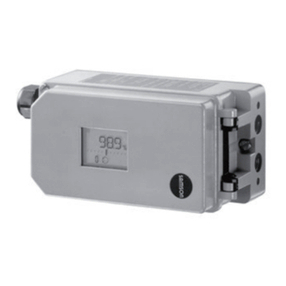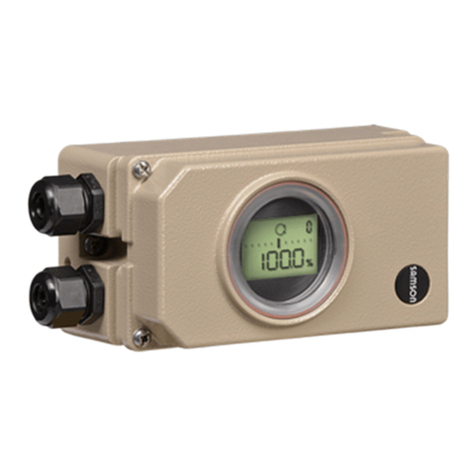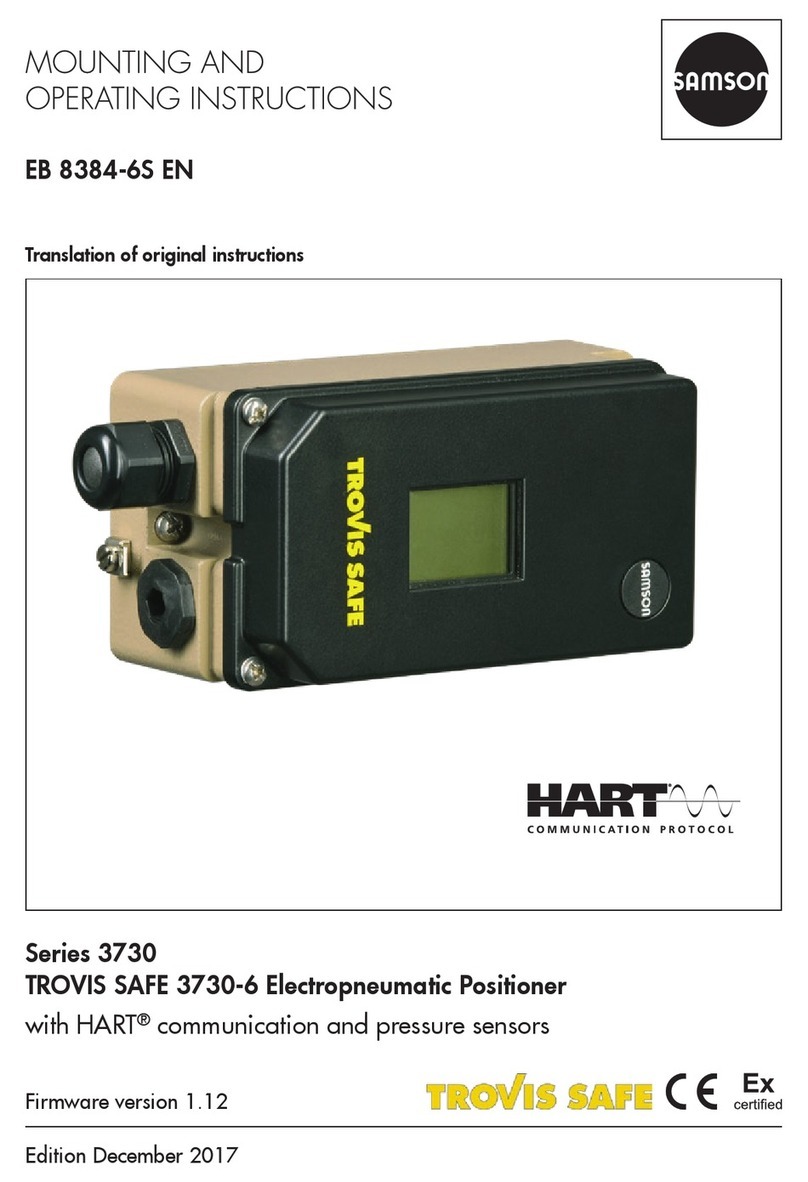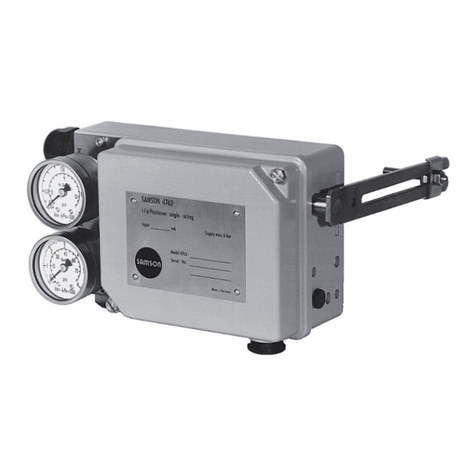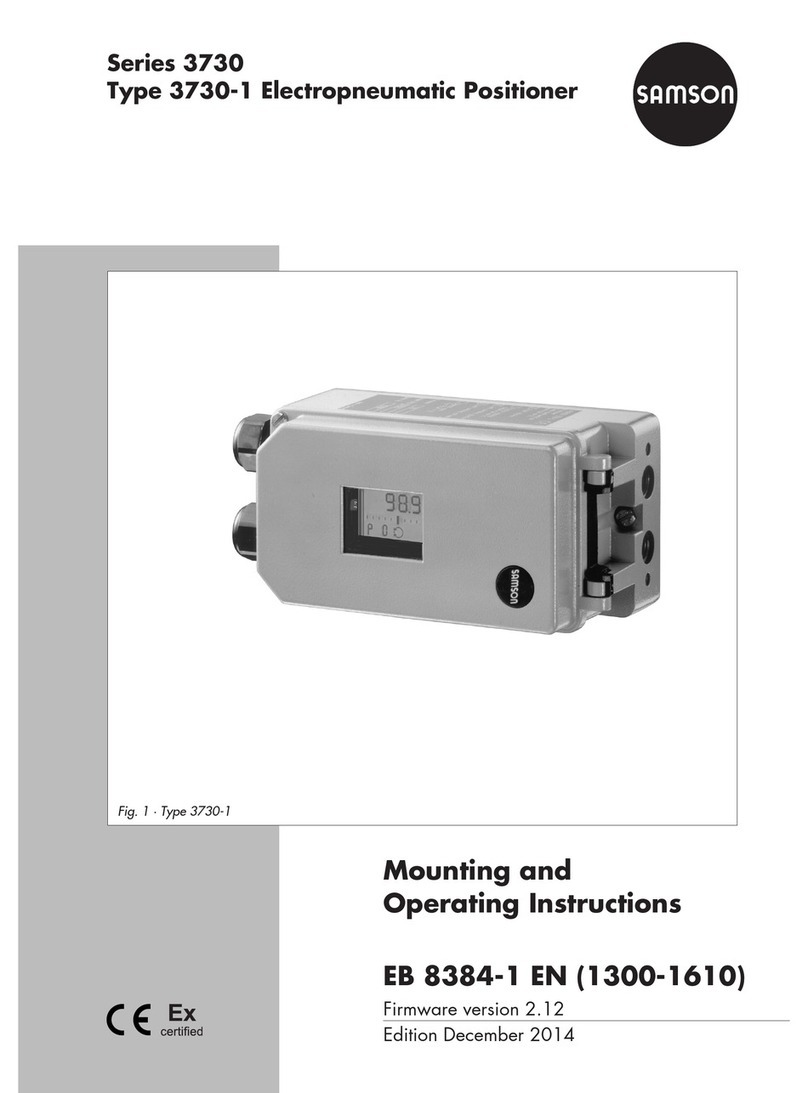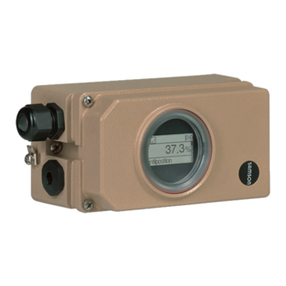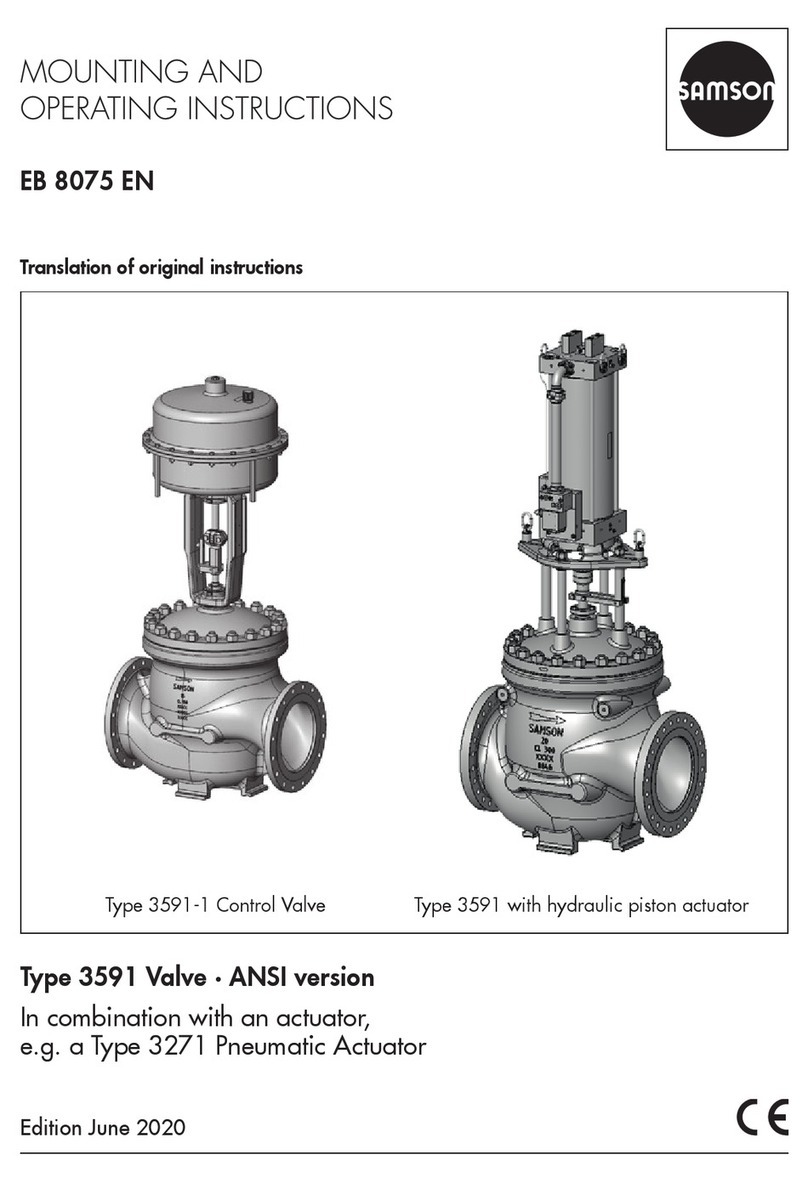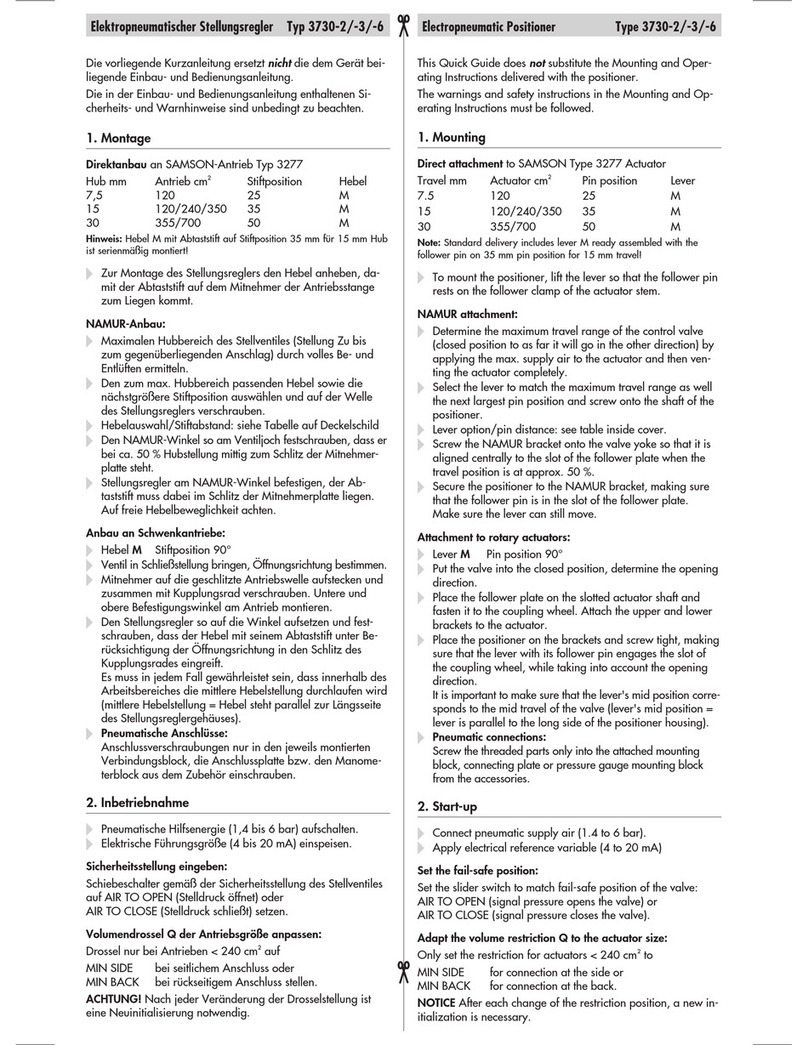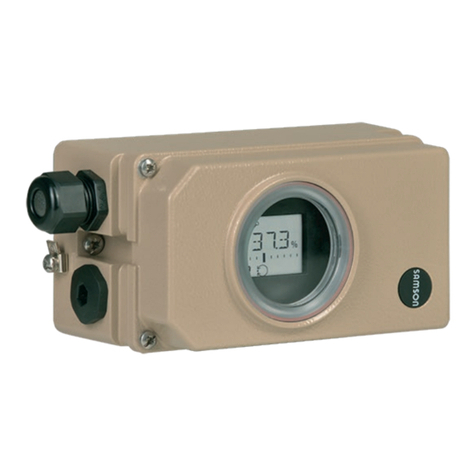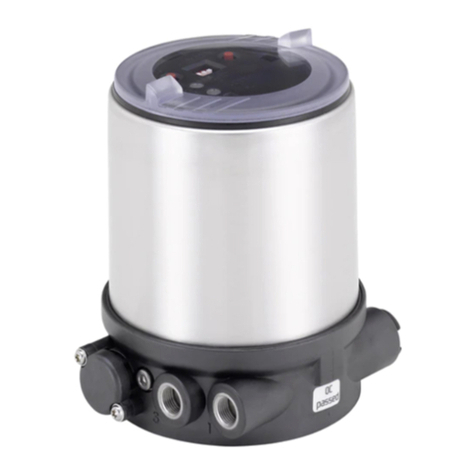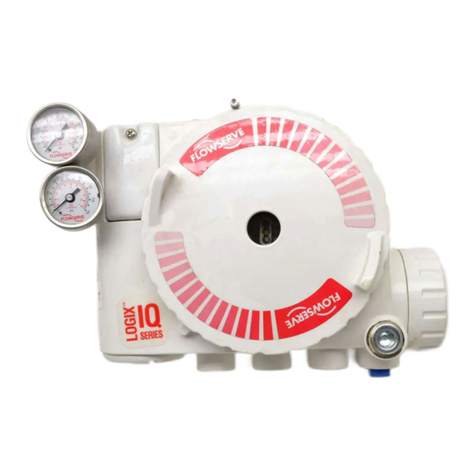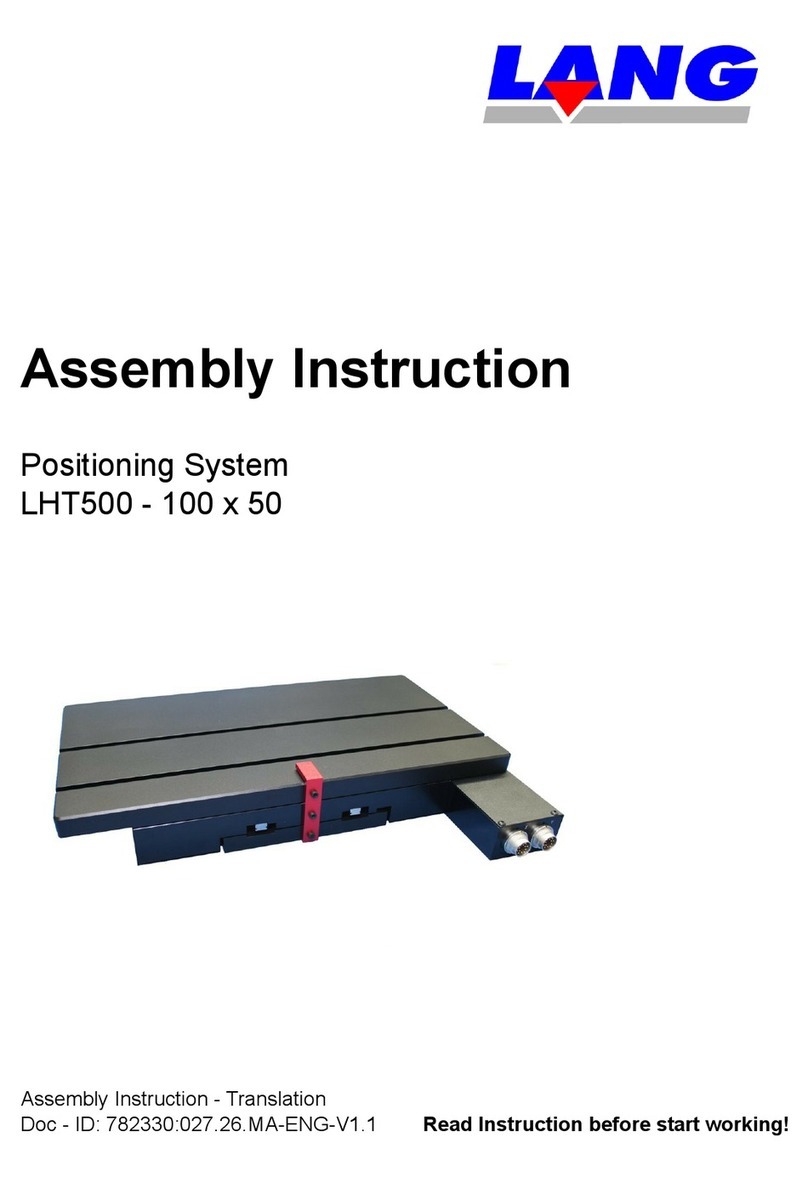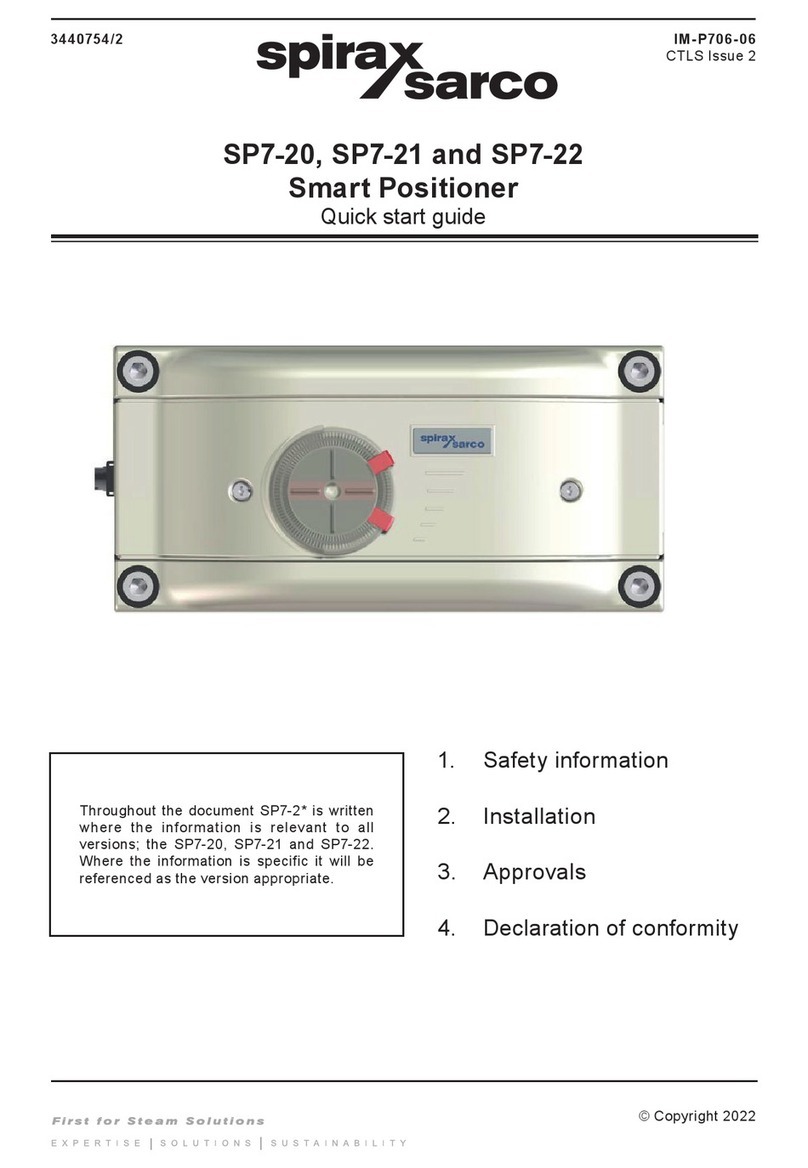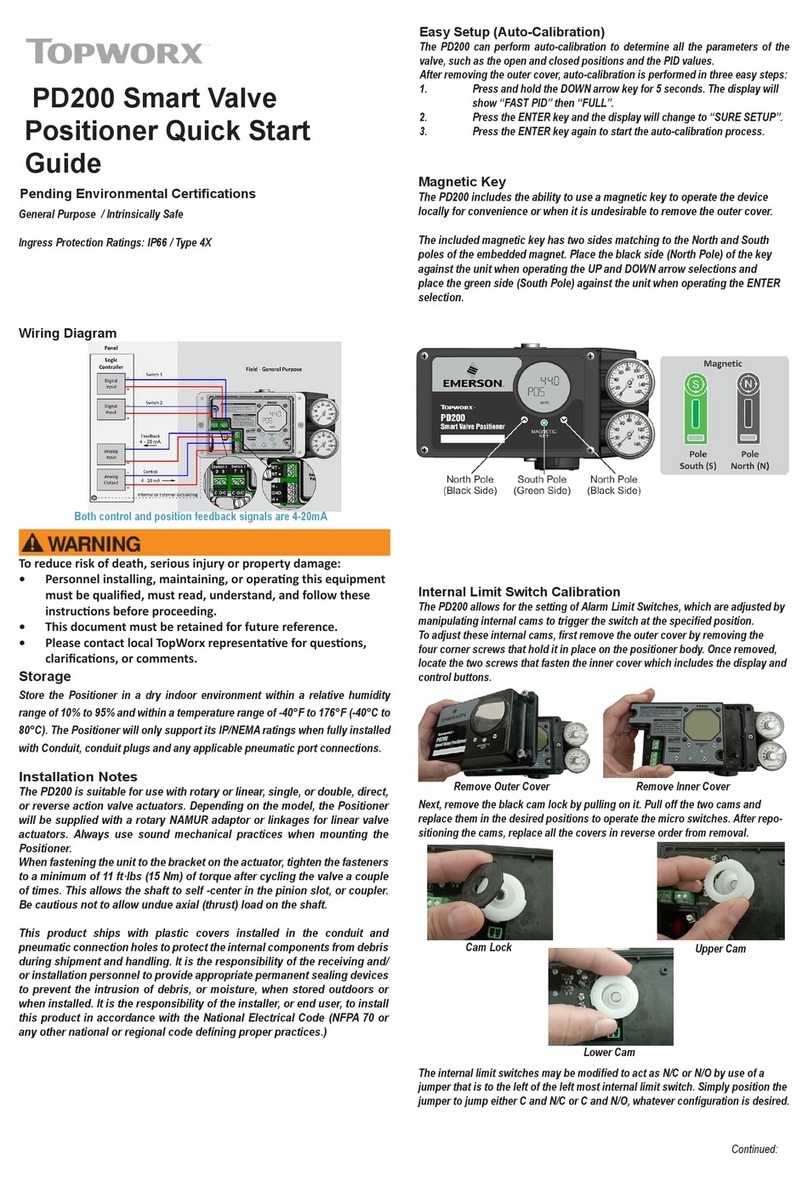
Contents
EB 8355-2 EN
1 Safety instructions and measures ................................................................1-1
1.1 Notes on possible severe personal injury ......................................................1-3
1.2 Notes on possible personal injury ................................................................1-3
1.3 Notes on possible property damage.............................................................1-4
1.4 Special instructions concerning explosion protection ......................................1-5
2 Markings on the device ..............................................................................2-1
2.1 Nameplate .................................................................................................2-1
2.2 Article code................................................................................................2-2
3 Design and principle of operation ...............................................................3-1
3.1 Technical data ............................................................................................3-4
3.2 Options......................................................................................................3-5
3.3 Summary of explosion protection approvals..................................................3-6
4 Shipment and on-site transport ...................................................................4-1
4.1 Accepting the delivered goods .....................................................................4-1
4.2 Removing the packaging from the positioner.................................................4-1
4.3 Transporting the positioner...........................................................................4-1
4.4 Storing the positioner ..................................................................................4-1
5 Installation.................................................................................................5-1
5.1 Installation conditions..................................................................................5-1
5.2 Preparation for installation...........................................................................5-1
5.2.1 Determining the operating direction of the positioner control loop...................5-2
5.3 Positioner attachment ..................................................................................5-2
5.3.1 DirectattachmenttoType3277Actuator ......................................................5-2
5.3.2 AttachmentaccordingtoIEC60534-6..........................................................5-6
5.3.3 Attachment to rotary actuators ...................................................................5-10
5.3.4 Reversingamplierfordouble-actingactuators ...........................................5-16
5.4 Pneumatic connection................................................................................5-18
5.4.1 Pressure gauges........................................................................................5-18
5.4.2 Supply pressure ........................................................................................5-18
5.5 Adjusting the positioner.............................................................................5-19
5.5.1 Air output capacity and proportional band XP.............................................5-20
5.5.2 Zero and span..........................................................................................5-21
5.5.3 Adjusting the optional limit switches ...........................................................5-23
5.6 Adjusting the optional position transmitter...................................................5-25
5.7 Electricalconnection..................................................................................5-27
5.7.1 Switchingamplier ...................................................................................5-28
5.8 Mounting accessories ................................................................................5-29
